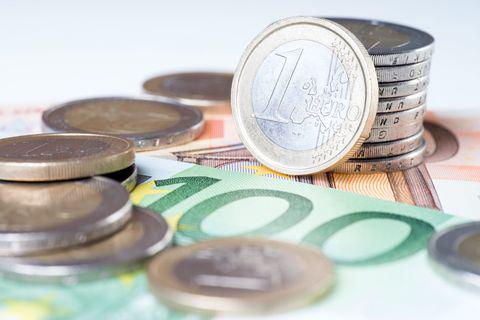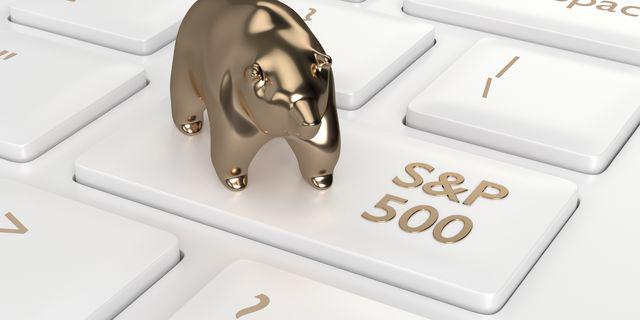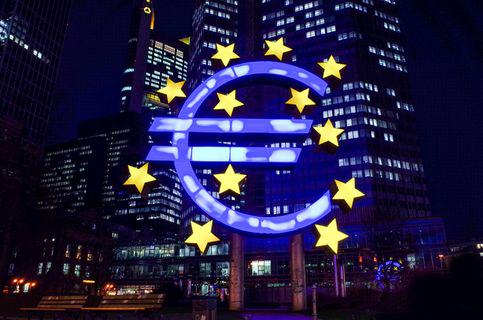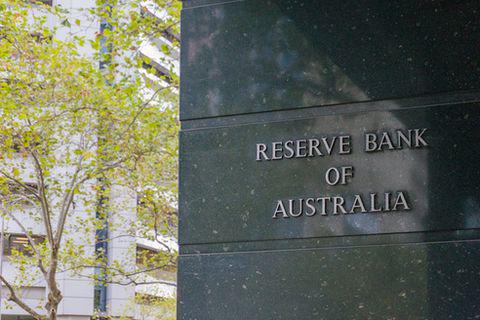
Recently, for the first time in two decades, the euro reached parity with the US dollar…
For a seamless experience, click “Redirect me.”

Don’t waste your time – keep track of how NFP affects the US dollar!
Data Collection Notice
We maintain a record of your data to run this website. By clicking the button, you agree to our Privacy Policy.

Beginner Forex Book
Your ultimate guide through the world of trading.
Check Your Inbox!
In our email, you will find the Forex 101 book. Just tap the button to get it!
Risk warning: ᏟᖴᎠs are complex instruments and come with a high risk of losing money rapidly due to leverage.
71.43% of retail investor accounts lose money when trading ᏟᖴᎠs with this provider.
You should consider whether you understand how ᏟᖴᎠs work and whether you can afford to take the high risk of losing your money.
Information is not investment advice
US Inflation has skyrocketed in January to 7.5%, recording the largest annual increase in 40 years. This jump in prices is the fastest pace of inflation since 1982.
Part of the Fed's job is to prevent inflation from getting out of control — and bring it back every time it rises to the bank's 2% target. To curb current inflation, the Fed plans to increase interest rates several times this year - possibly as many as five times.
Investors are waiting for the Fed to raise rates at its next March meeting. The question now is not whether the Fed will raise rates, but whether it the rate hike is by 50 basis points or 25 basis points.
How does raising interest rates curb inflation?
1. Higher interest rates reduce demand
The Federal Reserve controls the federal funds rate, which is often referred to as the target rate. It is also the rate banks use for providing overnight loans to each other. Banks borrow money to be able to deliver loans to consumers and businesses. Therefore, when the Fed hikes rates, it raises the cost of borrowing for banks that need money to lend to others or meet their regulatory requirements. Of course, banks pass these higher costs on to consumers and businesses. If the Fed raises the interest rate by 25 basis points or 0.25%, consumers and businesses will also have to pay more to borrow money.
As the cost of borrowing increases, demand and economic activity decline. For example, if a car loan becomes more expensive, you as a consumer may decide that now is not the time to buy that new car. Or, perhaps, a company is less likely to invest in a new factory and hire additional workers if the interest it has to pay to get a loan to finance its business increases. That is the cost to pay when the Fed raises rates.
2. Lower demand reduces inflation
Since raising rates lowers demand and puts the brakes on the economy, that's exactly what slows down inflation. Usually, the prices of goods and services rise when the demand for them increases, fuelling inflation. However, as borrowing becomes more expensive, the demand for goods and services decrease throughout the economy.
Prices may not necessarily decrease and return to their old rates after raising rates, but at least their inflationary rate will decrease. The Fed follows this cycle to control inflation. Inflation rises strongly, so the US central bank hikes rates until the demand for goods and services decreases, and thus prices calm down, and so does inflation. Will the Fed succeed this time?

Recently, for the first time in two decades, the euro reached parity with the US dollar…

The second earnings season of 2022 has almost begun. From banks and tech stocks to cars and the retail sector: in this outlook, we covered the most promising releases of this summer and made several projections on the companies’ prospects.

The stock market has reversed, and now it’s going lower and lower…

eurusd-is-falling-what-to-expect-from-the-future-price-movement

Greetings, fellow forex traders! Exciting news for those with an eye on the Australian market - the upcoming interest rate decision could be good news for Aussies looking to refinance or take out new loans. The Mortgage and Finance Association Australia CEO, Anja Pannek, has...

Hold onto your hats, folks! The Japanese yen took a nosedive after the Bank of Japan (BOJ) left its ultra-loose policy settings unchanged, including its closely watched yield curve control (YCC) policy. But wait, there's more! The BOJ also removed its forward guidance, which had previously pledged to keep interest rates at current or lower levels. So, what's the scoop? Market expectations had been subdued going into the meeting, but some were still hoping for tweaks to the forward guidance to prepare for an eventual exit from the bank's massive stimulus
Your request is accepted.
We will call you at the time interval that you chose
Next callback request for this phone number will be available in 00:30:00
If you have an urgent issue please contact us via
Live chat
Internal error. Please try again later